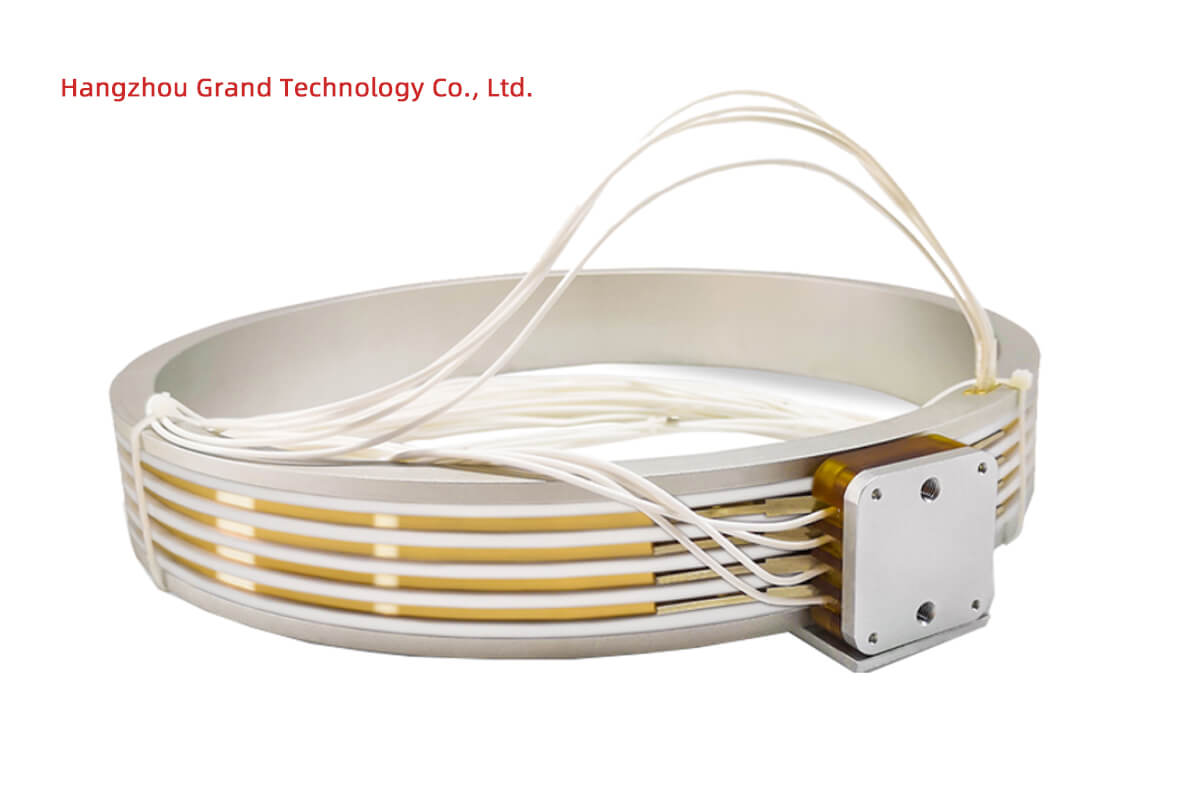Stage lighting is a critical component of any performance, enhancing the visual impact and creating captivating experiences for the audience. Behind the scenes, a complex network of equipment and technologies work together to bring the stage to life. One such technology that plays a crucial role in ensuring smooth and uninterrupted performance is the slip ring connector. In this article, we will delve into the world of slip ring connectors and explore their indispensable role in stage lighting systems.
Understanding Slip Ring Connectors
Slip ring connectors, also known as rotary electrical connectors, are electromechanical devices that enable the transmission of power, signals, and data between rotating and stationary parts. In the context of stage lighting, slip ring connectors allow for seamless rotation and movement of stage lights without tangling cables. They provide a continuous electrical connection, allowing the lights to move freely and precisely while maintaining uninterrupted power supply and signal transmission.
Components and Working Principles
Slip ring connectors consist of several key components, including brushes, rings, conductive paths, and insulation materials. The brushes, typically made of graphite or precious metals, maintain contact with the rotating rings, enabling the flow of electrical current. The rings, often made of conductive materials such as copper or silver, provide the pathway for power transmission and signal exchange. The conductive paths connect the rings to the stationary and rotating parts of the stage lighting system. Insulation materials are used to prevent electrical short circuits and ensure safe operation.
The working principle of slip ring connectors is based on the concept of sliding electrical contacts. As the stage lights rotate or move, the brushes remain in contact with the rings, allowing for continuous transmission of power and data. This mechanism eliminates the need for traditional cables, which can become twisted or tangled during movement, and ensures seamless operation of the stage lighting system.
Applications in Stage Lighting
Slip ring connectors find extensive applications in various stage lighting setups, enabling smooth and uninterrupted movement of lights. Moving head fixtures, a popular choice in concerts, theatrical performances, and live events, heavily rely on slip ring connectors. These fixtures consist of powerful lights mounted on a moving head, and slip ring connectors allow for precise and continuous rotation of the light head. This flexibility empowers lighting designers to create dynamic lighting effects, track performers, and illuminate specific areas of the stage with accuracy and precision.
Motorized trusses are another example of stage lighting applications that benefit from slip ring connectors. These trusses, which support multiple lights and other stage elements, can be easily rotated, tilted, or panned using slip ring connectors. By integrating slip ring connectors into the truss system, lighting designers can achieve synchronized movements, adjust the position of lights on the fly, and create captivating lighting sequences.
Rotating gobos, often used to project patterns or images onto the stage, also rely on slip ring connectors for seamless operation. Slip ring connectors enable the continuous rotation of the gobo, ensuring that the projected image remains stable and undistorted throughout the performance. This dynamic feature adds depth and visual interest to the stage, enhancing the overall impact of the lighting design.
Benefits of Slip Ring Connectors
The use of slip ring connectors in stage lighting systems brings several notable benefits. Firstly, slip ring connectors ensure reliable power transmission. They provide a stable and continuous electrical connection, minimizing power interruptions or fluctuations that could disrupt performance. This reliability is crucial in high-stakes live events where any technical glitch can have significant consequences.
In addition to power transmission, slip ring connectors maintain signal integrity during the movement of stage lights. They minimize signal loss and distortion, allowing for the accurate transmission of control data, DMX signals, and other communication protocols. This seamless signal exchange ensures precise control over the stage lights, enabling lighting designers to execute complex lighting cues and sequences with confidence.
Furthermore, slip ring connectors contribute to the flexibility and creativity of stage lighting designs. With the ability to rotate, pan, and tilt smoothly, stage lights equipped with slip ring connectors offer endless possibilities for lighting designers. They can create sweeping movements, dynamic color transitions, and synchronized lighting effects, enhancing the visual impact and immersing the audience in the performance.
Maintenance and Best Practices
To ensure optimal performance and longevity, proper maintenance of slip ring connectors is essential. Regular inspection of the brushes, rings, and conductive paths is necessary to identify any signs of wear, damage, or contamination. Cleaning the brushes and rings with suitable cleaning solutions and lubricating them with appropriate lubricants helps to maintain smooth operation and minimize friction.
Proper installation and grounding of slip ring connectors are crucial for safety and reliable performance. Following manufacturer guidelines and industry standards is essential to ensure proper electrical connections, minimize electrical noise, and prevent any potential hazards. Adhering to safety protocols and conducting regular maintenance checks are vital to keep the slip ring connectors in peak condition and avoid any performance interruptions during shows.
Slip ring connectors play a pivotal role in the seamless operation of stage lighting systems. They enable the continuous rotation, panning, and tilting of stage lights, providing lighting designers with the flexibility and versatility to create captivating performances. Slip ring connectors ensure reliable power transmission, maintain signal integrity, and contribute to the overall performance and creativity of stage lighting designs. As stage productions continue to push the boundaries of innovation, slip ring connectors will remain a critical component, empowering lighting designers to bring their creative visions to life.


